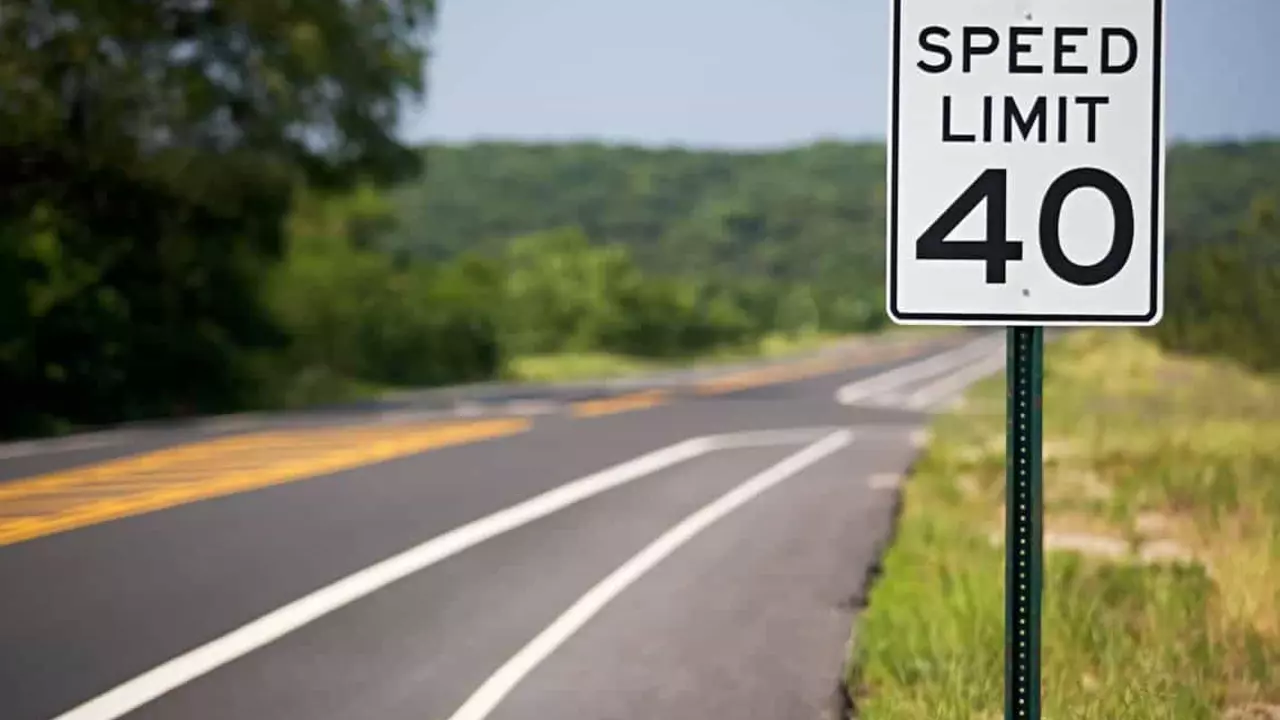Fast Driving – Why Speed Gets Your Heart Racing
When a car rockets down a straightaway, you feel a rush that’s hard to explain. That burst of power, that moment when the engine roars, is what we call fast driving. It’s more than just going from 0 to 60; it’s the mix of skill, technology and pure excitement that makes fans come back for more.
What Makes Fast Driving So Exciting
The first thing people notice is the sheer speed. A Formula 1 car can hit over 200 mph, and the sound alone sends a shiver down your spine. But speed is only part of the story. Drivers need razor‑sharp focus, because a tiny mistake can cost seconds or even end a race. That tension creates an adrenaline surge that viewers love.
Another draw is the technology behind the machines. Modern engines, aerodynamics and tires are all designed to squeeze every extra tenth of a second. When you watch a race like the F1 Zandvoort Grand Prix, you see how small changes in wing angle or brake balance affect lap times. It’s a cat‑and‑mouse game that keeps the sport fresh.
Fans also love the human side. Stories like Christian Mbilli planning to steal the spotlight in a big boxing showdown show how athletes chase that next win. In motorsport, drivers chase the winner of the previous race, pushing themselves to be faster every weekend. That chase fuels the narrative and pulls you into the action.
How to Experience Fast Driving Safely
If you want a taste of fast driving without risking a crash, start with a track day. Most circuits offer beginner sessions where instructors teach you how to brake, steer and shift at high speeds. You’ll learn to read the track, find the racing line and keep the car balanced.
Never skip safety gear. A good helmet, racing suit and gloves aren’t optional—they’re a lifeline. Even if you’re just testing a sports car on a closed road, those items protect you if things go wrong.
Another tip is to practice car control on a low‑traction surface, like a wet parking lot. Sliding a car intentionally builds the feel for how the rear end wants to move. That experience translates to better control when you finally hit the track.
Remember, speed is fun, but it’s also responsibility. Keep your car well maintained—check brakes, tires and fluid levels before every fast run. A clean car responds predictably, and that predictability is what lets you push the limits safely.
Fast driving isn’t just for professional racers. With the right mindset, equipment and a safe environment, anyone can taste the thrill. Whether you’re watching a NASCAR sprint, an IndyCar oval or a MotoGP sprint, the core excitement stays the same: pure speed, skill, and the rush of adrenaline. So next time you hear a rev, imagine the driver’s focus, the technology humming, and the sheer joy of moving faster than you ever thought possible.

Where in the United States can I go to drive as fast as I want?
by Davion Strider / 21 Jul 2023If you're like me and have a need for speed, you might be surprised to know there are places in the US where you can drive as fast as you want. The most notable is the Bonneville Salt Flats in Utah, a famed location for setting land speed records. Another is the Sun Valley Road Rally in Idaho, where you can let loose on a 3.2-mile stretch of highway. Texas also has the SH 130 toll road with an 85 mph speed limit, the highest in the nation. However, remember, safety first!


